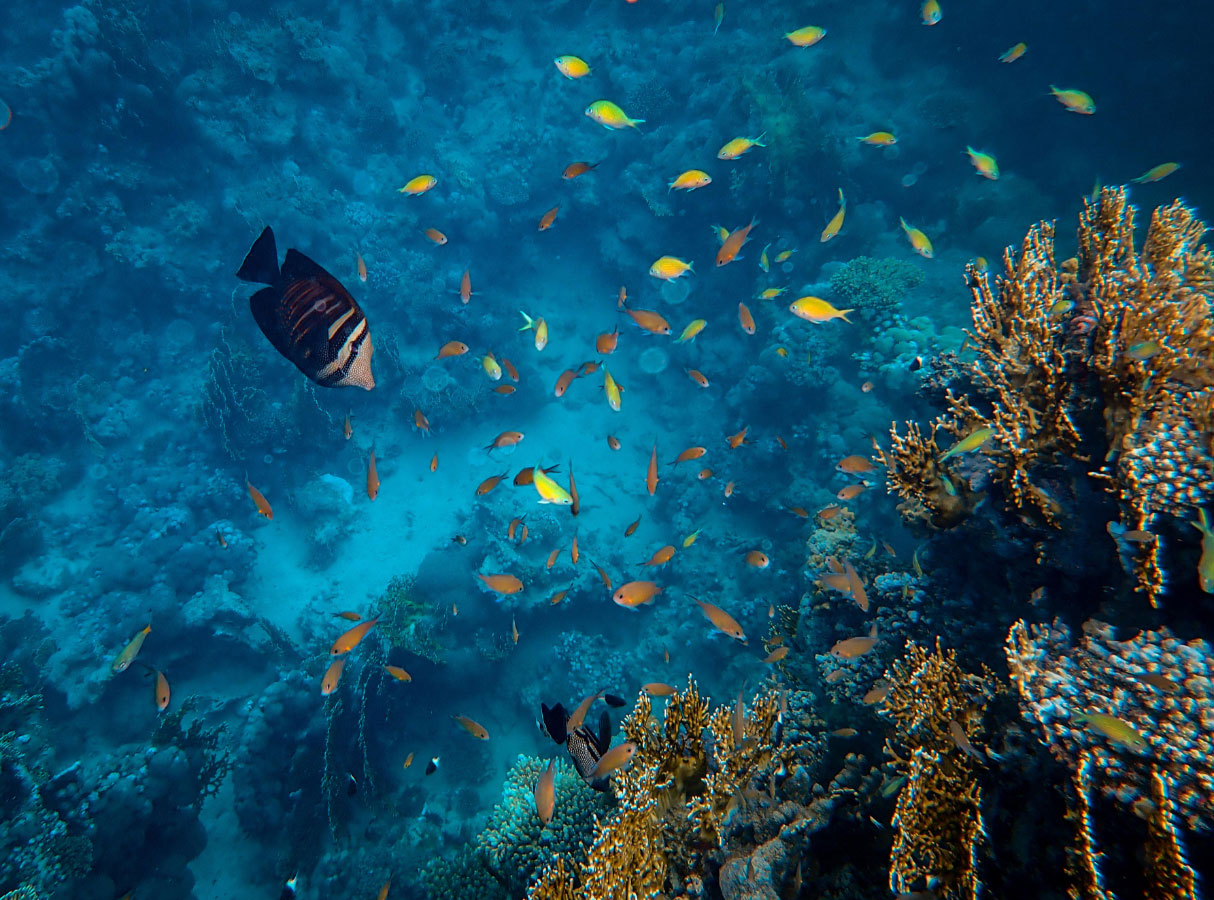
Services in the Field of Marine Biological Survey
1. Benthic Survey
Study of benthic communities on the seabed (e.g., coral reefs, seagrass beds, sponges).
Collection and analysis of sediment and soil samples to assess biodiversity.
Evaluation of environmental impacts of marine projects on benthic organisms.
2. Plankton Survey
Collection and analysis of phytoplankton and zooplankton samples.
Assessment of biomass and primary productivity.
Identification of seasonal changes or biological pollution.
3. Fish & Invertebrate Surveys
Data collection on fish species, crustaceans, and molluscs.
Estimation of species density and relative abundance.
Analysis of food chains and ecological relationships.
4. Habitat Mapping
Identification and mapping of sensitive habitats such as:
Coral reefs.
Seagrass meadows.
Mangrove forests.
Use of scientific diving and ROV technology to document and assess habitat conditions.
5. Long-Term Environmental Monitoring
Tracking biological changes in specific areas over time.
Monitoring biodiversity, marine vegetation cover, and key species.
Observing the effects of climate change or coastal development projects.
6. Endangered & Invasive Species Studies
Monitoring and assessment of endangered marine species.
Detection and evaluation of invasive species and their impact on marine ecosystems.
7. Biological Impact Assessment
Assessment of the impacts of wastewater discharge or chemical pollutants on marine life.
Biodiversity analysis as an indicator of marine environmental quality.
8. Environmental Reporting & Consultation Services
Preparation of marine biological survey reports.
Support for Environmental Impact Assessment (EIA) studies.
Contribution to the development of marine protection and management plans.
9. Training & Community Engagement
Training of divers and environmental teams on biological survey techniques.
Engaging local communities in the protection of marine habitats.
🔧 Technologies Used
Scientific diving (SCUBA).
Underwater video cameras.
Plankton nets and benthic sampling tools.
Environmental DNA (eDNA) analysis for accurate species identification.